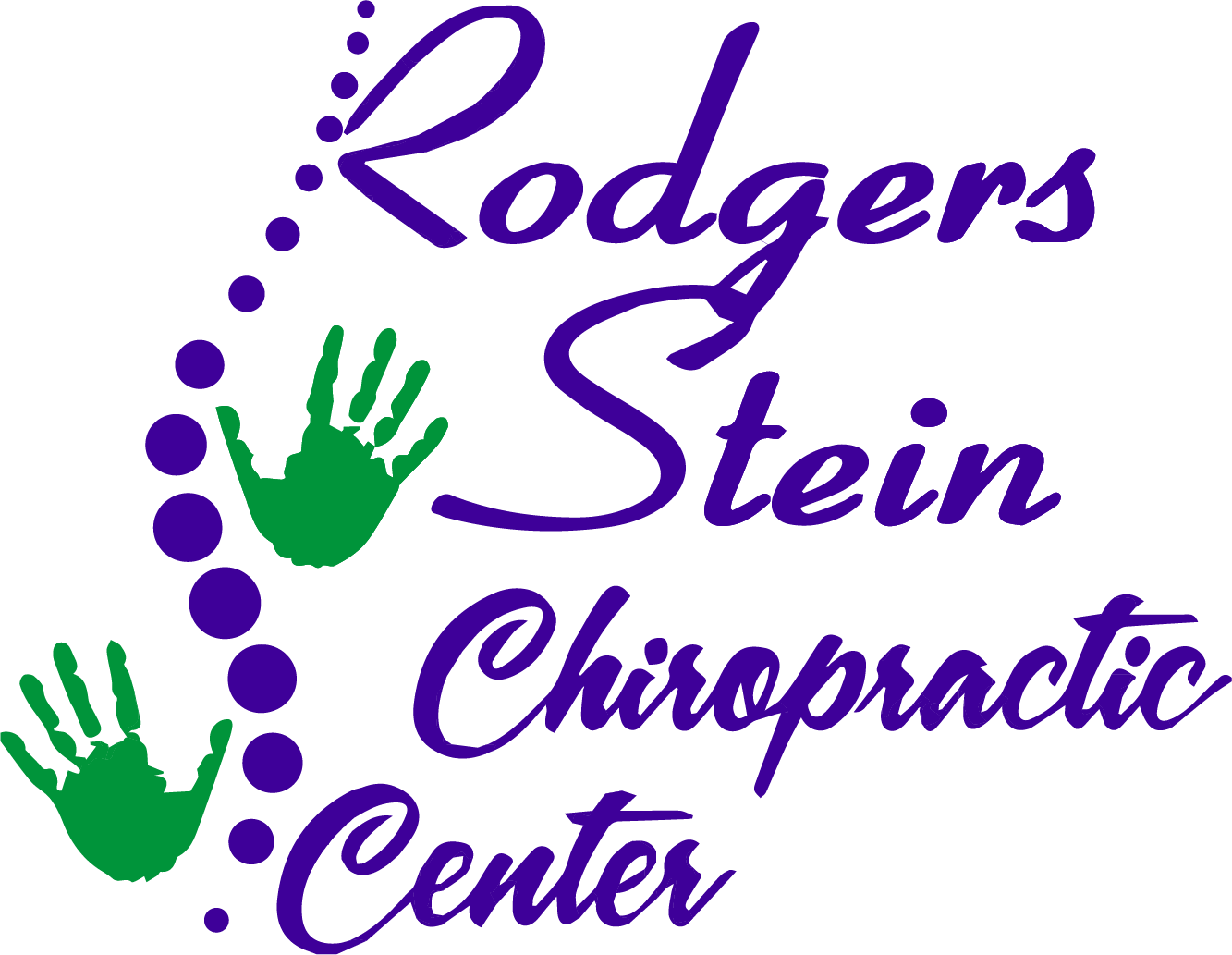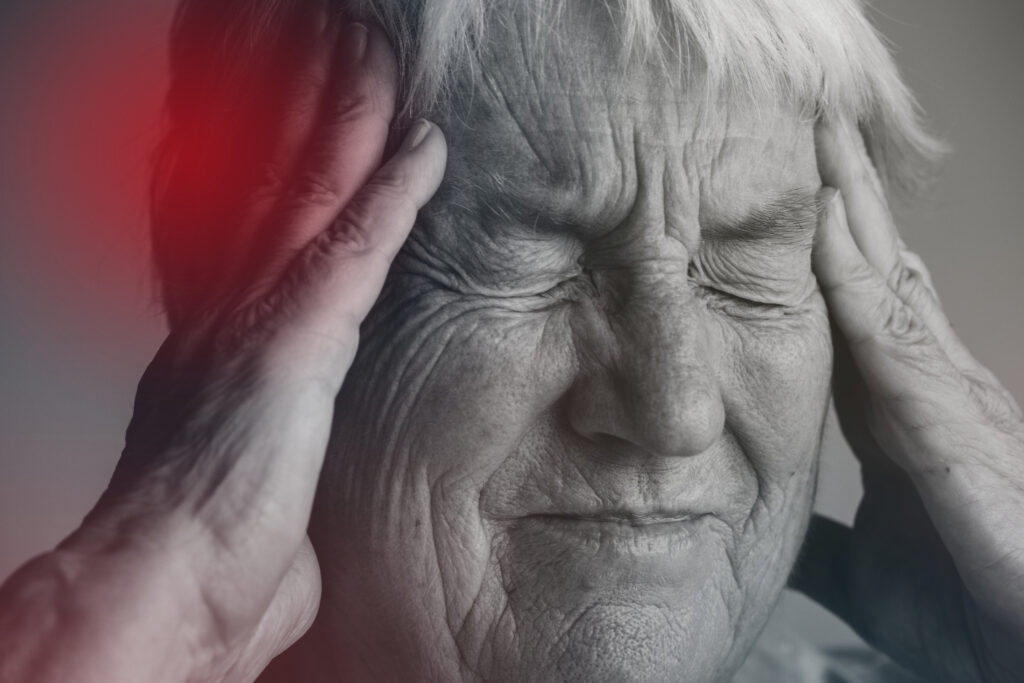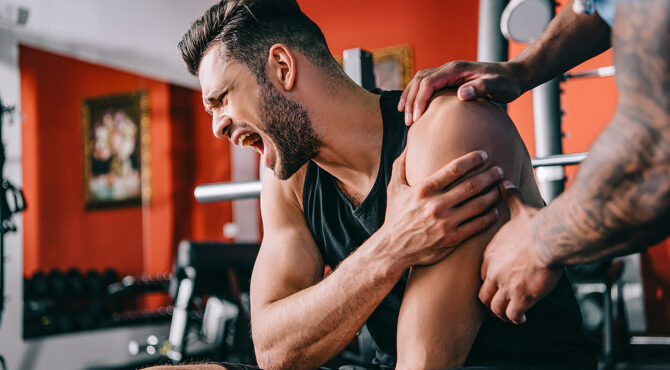When you face a sports injury, charting the path to recovery can feel overwhelming. You might be unsure about the best treatment options or how to balance physical and mental well-being. Understanding the importance of early diagnosis and tailored care is essential, but there's more to reflect upon. What if alternative therapies could accelerate your healing? And how can your nutrition play a pivotal role in getting you back on the field? Exploring these questions can pave the way for effective recovery strategies that help you regain your peak performance.
Common Sports Injuries
When you're actively participating in sports, the risk of common injuries can loom large. You've likely heard of sprains, strains, and fractures, but understanding these injuries is key to prevention and recovery.
Sprains occur when ligaments—those tough bands connecting bones—stretch or tear, often affecting your ankles or knees. If you twist your ankle during a game, that's a classic sprain.
Strains, on the other hand, involve muscles or tendons and can happen when you overextend or push your body too hard. You might feel a sudden pain in your hamstring while sprinting, signaling a strain. Both sprains and strains can sideline you for weeks if not treated properly.
Fractures are another common injury, particularly in contact sports. A fracture occurs when a bone breaks, which can happen from falls, collisions, or even repetitive stress over time. If you experience extreme pain and can't move the injured area, you might be dealing with a fracture.
Tendinitis, often seen in athletes, is inflammation of the tendons, usually from overuse. You may notice pain and stiffness around your joints, especially in your elbows or shoulders.
Finally, don't overlook concussions, which can happen from head impacts. Symptoms can range from headaches to confusion and shouldn't be ignored.
Being aware of these common injuries helps you take preventive measures, ensuring you stay on the field and keep enjoying the sports you love.
Importance of Early Diagnosis
Recognizing a sports injury early can make a huge difference in your recovery.
When you address issues right away, you not only speed up your healing but also reduce the risk of long-term complications.
Early diagnosis sets the stage for a more effective treatment plan tailored to your needs.
Timely Intervention Benefits
In the world of sports, swift action can make all the difference in recovery from an injury. When you experience pain or discomfort, it's vital to seek help right away. Timely intervention not only accelerates your healing process but also minimizes the risk of complications that could sideline you for longer periods. By addressing injuries early, you can often avoid the need for more invasive treatments down the line.
Moreover, early diagnosis allows healthcare professionals to tailor a rehabilitation program that suits your specific needs. This personalized approach enhances your recovery and helps you regain your strength and mobility faster. You'll find that getting back to your sport becomes a smoother journey when you act quickly.
Don't underestimate the importance of listening to your body. Ignoring symptoms can lead to chronic issues that linger long after the initial injury. Instead, take proactive steps by consulting a qualified medical professional. They'll assess your condition and recommend the right course of action.
Preventing Long-term Complications
How can early diagnosis play an essential role in preventing long-term complications from sports injuries? When you recognize symptoms and seek medical attention promptly, you give yourself the best chance to heal properly. Ignoring pain or discomfort might seem harmless at first, but it can lead to chronic issues that interfere with your athletic performance or daily life.
By getting an early diagnosis, healthcare professionals can accurately assess your injury and recommend an appropriate treatment plan. This might include rest, physical therapy, or even surgery, depending on the severity.
Early intervention often reduces the risk of developing complications like arthritis, tendonitis, or other long-lasting conditions that could sideline you for extended periods.
Furthermore, understanding the nature of your injury allows you to make informed decisions about your recovery and training. You'll be better equipped to follow a tailored rehabilitation program that fosters healing while minimizing the risk of re-injury.
Physical Therapy Techniques
When recovering from a sports injury, you'll find that physical therapy techniques play an essential role in your rehabilitation.
Manual therapy approaches can help alleviate pain and improve mobility, while exercise rehabilitation strategies focus on strengthening your body.
Together, these methods can get you back to your game faster and stronger.
Manual Therapy Approaches
Manual therapy approaches are vital tools in physical therapy that help alleviate pain and restore function. These hands-on techniques involve the skilled use of your therapist's hands to mobilize soft tissues and joints, aiming to reduce discomfort and improve mobility.
You'll often find that manual therapy includes methods like joint mobilization, soft tissue manipulation, and myofascial release.
When you engage in manual therapy, your therapist will assess your specific needs and tailor the treatment to your injury. This individualized approach guarantees that you receive targeted relief. For instance, if you're dealing with muscle tightness, your therapist might use specific techniques to release tension and enhance blood flow to the affected area.
Additionally, manual therapy can help improve joint range of motion, which is vital for your recovery. It can also facilitate relaxation, reducing the stress and anxiety associated with injuries.
As you progress through your treatment, you'll likely notice significant improvements in your overall function and comfort level. By incorporating these techniques into your rehabilitation plan, you can take an important step toward regaining your strength and returning to the activities you love.
Exercise Rehabilitation Strategies
Exercise rehabilitation strategies play a significant role in your recovery from sports injuries, focusing on restoring strength, flexibility, and endurance. These strategies typically include a tailored exercise program designed specifically for your needs.
First, you'll want to engage in gentle stretches to improve flexibility and prevent stiffness in the injured area. Techniques like static and dynamic stretching can be particularly effective.
As you progress, incorporating strength training exercises will help rebuild muscle around the injury, enhancing stability and reducing the risk of re-injury.
Balance and coordination exercises are also vital. They help improve proprioception, enabling you to move confidently and safely. Activities like single-leg stands or using balance boards are excellent choices.
Endurance training shouldn't be overlooked, either. Gradually reintroducing cardiovascular activities, such as walking, cycling, or swimming, guarantees your overall fitness levels remain high.
Finally, always listen to your body. If you experience pain during any exercise, it's important to stop and consult your therapist.
Role of Chiropractic Care
Chiropractic care plays an essential role in managing sports injuries, helping athletes recover faster and return to their game. By focusing on the musculoskeletal system, chiropractors can identify and treat the root causes of pain and dysfunction, rather than just the symptoms. This holistic approach allows you to regain strength, flexibility, and mobility more efficiently.
When you visit a chiropractor for sports injuries, you can expect several benefits:
- Pain Relief: Chiropractic adjustments can alleviate pain by reducing inflammation and restoring proper alignment.
- Improved Mobility: Regular adjustments enhance joint function, allowing for a greater range of motion essential for athletic performance.
- Injury Prevention: Chiropractors can assess your biomechanics and recommend strategies to avoid future injuries, ensuring you stay in the game longer.
- Customized Rehabilitation: Each athlete's needs are unique. Your chiropractor will create a personalized treatment plan to support your specific recovery goals.
Incorporating chiropractic care into your recovery process not only aids in healing but also enhances your overall performance.
Whether you're dealing with a sprain, strain, or chronic pain, a chiropractor's expertise can greatly speed up your recovery. By actively participating in your treatment, you'll understand your body better and learn how to care for it effectively.
Alternative Treatment Options
While chiropractic care is a valuable asset in recovering from sports injuries, exploring alternative treatment options can further enhance your healing process.
Many athletes find that integrating therapies such as acupuncture, massage therapy, or physical therapy can considerably improve their recovery timeline and overall well-being.
Acupuncture, an ancient practice, involves inserting thin needles into specific points on your body. This technique can help alleviate pain, reduce inflammation, and promote blood flow, accelerating your healing.
You might be surprised at how effective this method can be in alleviating discomfort associated with sports injuries.
Massage therapy is another alternative worth considering. A skilled massage therapist can work on your muscles, tendons, and ligaments to relieve tension and promote relaxation.
This not only helps reduce pain but also aids in restoring your range of motion. Regular sessions can enhance your recovery and prepare your body for future activities.
Physical therapy offers a structured approach to rehabilitation. A physical therapist can design a personalized program that focuses on strengthening specific muscle groups, improving flexibility, and restoring function.
By following their guidance, you'll likely notice a quicker return to your sport.
Lastly, consider trying yoga or tai chi. Both practices emphasize gentle movements and stretching, which can improve your balance, flexibility, and overall body awareness.
Incorporating these alternative options into your recovery plan can complement chiropractic care, helping you get back to your game stronger and more resilient.
Nutrition and Recovery
How can the right nutrition accelerate your recovery from sports injuries? Proper nutrition plays an essential role in healing and getting you back on your feet faster. When you fuel your body with the right nutrients, you support tissue repair, reduce inflammation, and enhance overall recovery.
Here's how you can do it:
- Protein: It's critical for muscle repair and recovery. Incorporate lean meats, fish, tofu, and legumes to guarantee you're getting enough.
- Omega-3 Fatty Acids: Found in fish and flaxseeds, these can help reduce inflammation, speeding up your healing process.
- Antioxidants: Foods rich in vitamins C and E, such as berries and nuts, can combat oxidative stress and promote faster recovery.
- Hydration: Staying well-hydrated is key to maintaining ideal bodily functions. Water is fundamental for nutrient transport and joint lubrication.
Focus on a balanced diet that includes a variety of whole foods.
Don't forget about micronutrients, as they also play important roles in recovery. For instance, vitamin D and calcium are significant for bone healing, while zinc supports immune function.
Mental Health Considerations
Mental health plays an essential role in your recovery from sports injuries, as the psychological aspects can greatly impact your healing process. When you're sidelined, feelings of frustration, anxiety, or depression can emerge. It's vital to recognize these emotions and address them proactively to foster a smoother recovery.
Staying connected with teammates, coaches, or friends can provide a support system that helps you navigate the emotional hurdles. Engaging in open conversations about your feelings allows you to process your experiences and reduces feelings of isolation.
Don't hesitate to seek professional help if you're struggling. A sports psychologist can offer tailored strategies to cope with the mental challenges of injury recovery.
Incorporating mindfulness practices, such as meditation or yoga, can also promote mental clarity and emotional stability. These practices help you stay present and focused, reducing negative thoughts that might hinder your progress.
Visualization techniques can be particularly beneficial, allowing you to mentally rehearse your performance and maintain a positive outlook despite physical limitations.
Conclusion
Injuries can feel overwhelming, but remember that relief is within reach. By prioritizing early diagnosis and embracing a combination of physical therapy, chiropractic care, and alternative treatments, you can set yourself on the path to recovery. Don't overlook the importance of nutrition and mental health—both play a crucial role in your healing journey. With a holistic approach, you'll not only recover but also return stronger and more resilient. Take control of your recovery, and get back to doing what you love!



